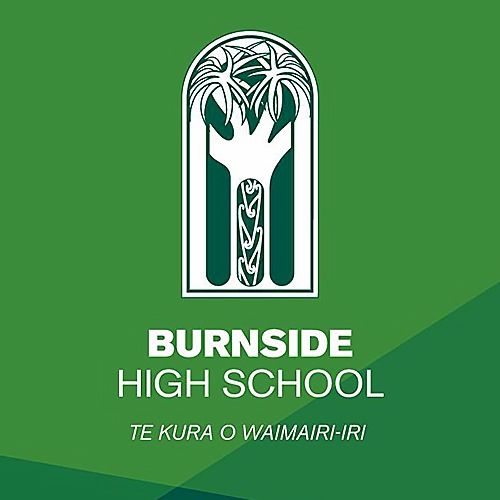
'Unlocking the Landscape' - Year 12 Geography Aoraki Mt Cook 2018
The field research mission was to explore how this unique natural environment has evolved over time and to discover how humans have interacted with the landscape - past, present and future.
Day One:
After a morning of bus travel we had a pleasant picturesque lunch-break at Lake Tekapo. Students witnessed changes at the new waterfront development and appreciated how popular this location is as a tourist destination. Next, it was onward to the Twizel area to study human modification. We visited High Country Salmon on the Wairepo Arm. Here we had an informative talk about salmon farming and enjoyed feeding the fish.
Later, we were welcomed by the Department of Conservation staff outside the Aoraki Mt. Cook National Park Visitors' Centre. Here we learned about the Maori perspective on this special environment. Students then had the opportunity to peruse the interactive displays and vast amounts of information in the centre. Complete with a slide-show presentation - DOC then provided valuable insight into their efforts to establish and maintain a sustainable balance between people's use and protection of the environment.
Then it was time to visit the Hermitage. Here we looked around the Edmund Hilary Visitors Centre and experienced a 3D movie about the national park.
Next stop was our regular "home away from home" - Glentanner Park. This holiday park and camping ground are located 18km from Aoraki Mt. Cook National Park on the shores of Lake Pukaki.
That evening we were treated to a catered meal at the Tasman Delta cafe. Ross Ivey from Glentanner Station joined us for dessert then he provided the group with a farming/tourism business perspective after dinner.
Anticipating a very early start in the morning - in military fashion all packed lunches were made in the evening!
Day Two:
With great anticipation - it was time for the highlight of the trip - the Glacier Boat tour on the Tasman Lake. The weather was exceptionally good so the visibility was amazing! Students gained real insight into glacial processes from our knowledgeable guides and from being able to see glaciated landform features up close for themselves!! Students began to really appreciate the scale of past glaciation.
Back at the visitor centre we then followed up with some theory on what we had just witnessed.
Then it was time to stretch our legs! After lunch we set off to walk the Hooker Valley track. This is one of the most popular walks in the park and is a three-hour return trip from the White Horse Hill campground. Along the way, we passed the original location of the Hermitage Hotel, the Alpine Memorial and Freda's Rock, before coming to the viewing point of the Mueller Glacier and the first swing bridge. We crossed over the Hooker River and carried on to the second swing bridge, spotting old moraine ridges and humps along the way, we then continued on to the end of the track. Proving just how popular this walk is now, we met many international visitors along the way.
Post-walk DOC helped provide further information on the geographic issue internal assessment. Students debated whether 1080 poisoning is the best pest control method currently available. Students were then shown the range of ground baiting and trapping methods that DOC use as part of the pest control management in the area.
Day Three:
On our final trip in to the National Park we were fortunate to be given a 'behind-the-scenes' guided tour of the national park's recycling centre and water treatment plant. We also considered how the village is managed as sustainably as possible.
Later that morning, a representative from Meridian Energy met us at the Ohau A lookout to explain the hydro-electricity production in the region. Finally, it was a trip along the Pukaki Canal and time to return to Christchurch. Thanks to all those who helped to make this trip such a success!
Gallery
































